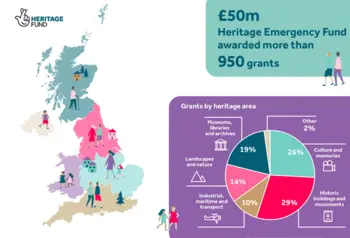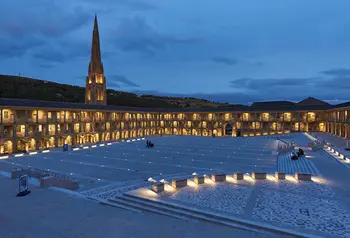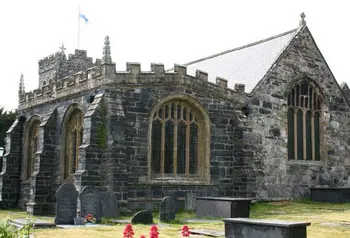National Lottery funding helps save at-risk historic sites
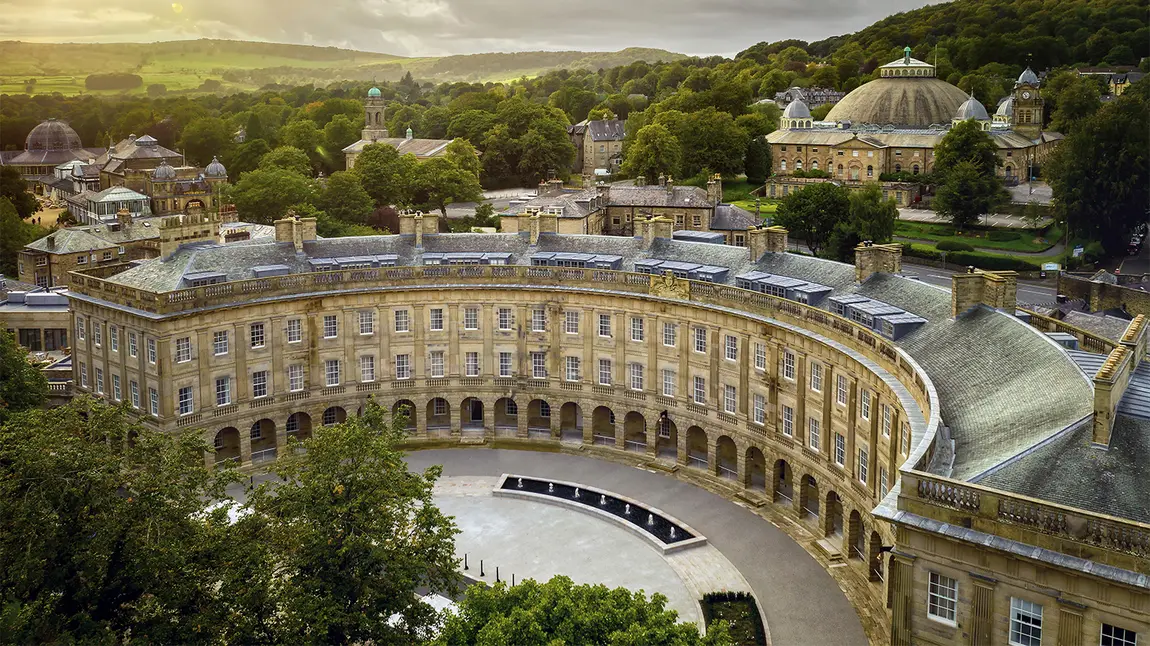
Historic England has published its annual Heritage at Risk Register, a report that identifies historic sites in England at risk of being lost forever through neglect, decay and inappropriate development.
In 2020, 216 sites were added to the register including Buckden Towers in Cambridgeshire, the remains of the Palace of the Bishop of Lincoln, and St James’s Gardens - an early example of a public cemetery in Liverpool.
Despite these worrying cases, this year’s Heritage at Risk Register also highlights 181 examples of heritage sites that have been saved thanks to the intervention of local communities, charities, owners and councils.
Support from The National Lottery
A number of the sites that have been removed from the register have received crucial support from us, including:
The Crescent in Buxton, Derbyshire
This Grade I listed building was built by the fifth Duke of Devonshire in the 1780s with the aim of establishing Buxton as a fashionable Georgian spa town. It was one of the first purpose-built hotels in the country but fell into disrepair in the 1980s.
With backing from The National Lottery Heritage Fund and Historic England and the help of partners from the private sector, this landmark was able to reopen this month as a spa hotel, making use of the naturally heated thermal water taken from the springs underneath the hotel.
Newington Green Meeting House, Hackney
Previously known as Newington Green Unitarian Church, the meeting house is London's oldest Nonconformist place of worship still in use and has had connections to political radicalism for over 300 years.
With funding from The National Lottery Heritage Fund, full repairs were made to the historic fabric of the building, and access and facilities were improved.
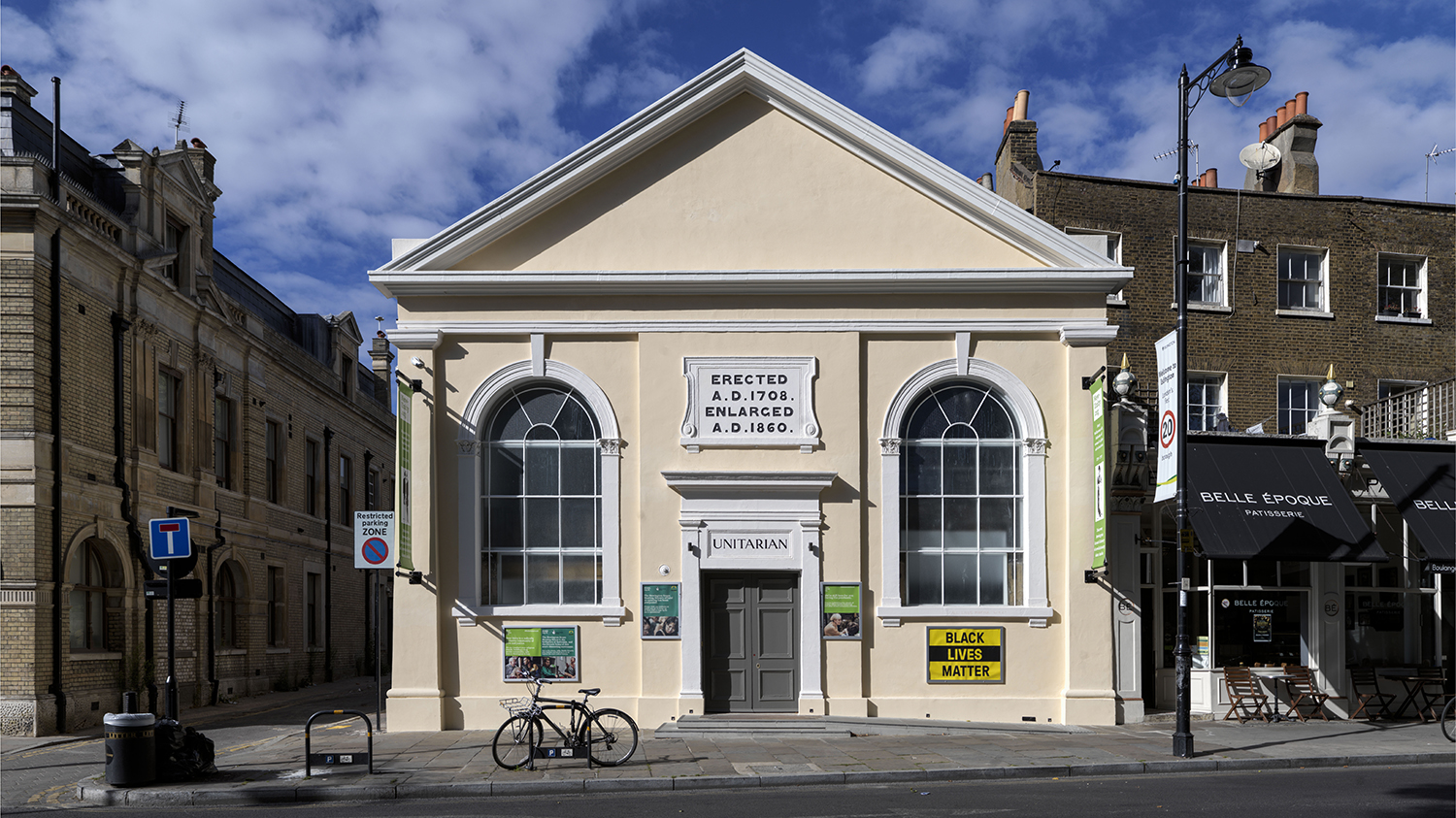
The late-18th century stable block and garden walls at Beckenham Place in Lewisham, London
The block was severely damaged by fire in 2011 and was awarded funding in 2016 by The National Lottery Heritage Fund’s Parks for People programme. The grant enabled it to be brought back into use as a café and educational facility.
Hollins Mine and Bank Top iron calcining kilns in Rosedale, North Yorkshire
This monument includes the remains of a mid-19th century iron mining complex, part of Yorkshire’s important contribution to the industrial revolution. The site was part of the Land of Iron Landscape Partnership, led by North York Moors National Park and supported with £3.8million of funding by The National Lottery Heritage Fund.
As well as improving the condition of iconic industrial features from the ironstone industry, the Land of Iron Landscape Partnership ensured that the historic monuments were recorded and conserved and that stories from this significant part of England’s heritage were told.
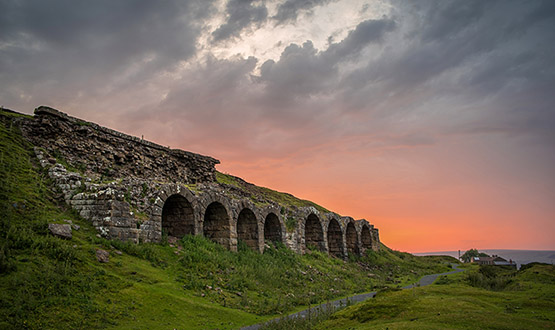
Churches across the UK
Including:
- St Peter in Folkstone, Kent
- St Leonard in Rochdale, Greater Manchester
- St Mary's Church in Guildford, Surrey
- St John in Alkmonton, Derbyshire
Our support for historic buildings and monuments
Thanks to National Lottery players, since 1994 almost £3billion has been awarded to more than 9,000 historic building and monument projects across the UK. As well as safeguarding places for future generations, these projects support employment and economic growth and can foster a sense of wellbeing within the local community.
Earlier this year we responded to the current coronavirus crisis with the Heritage Emergency Fund and awarded grants totalling almost £50m to support heritage organisations across the UK. The highest proportion of National Lottery grants across the different heritage areas (29%) were made to organisations that manage historic buildings and monuments.
